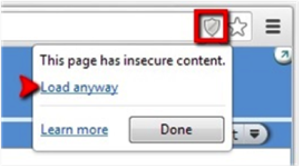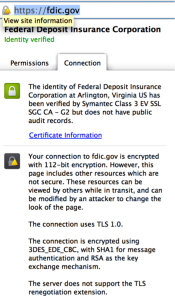NOTE: Google has updated the plan they will be using to deprecate SHA1 based certificates. The content in this post is still mostly accurate but for dates please see the thread. Personally I think the new plan is a good one. The upsides in this post are still accurate and it is my hope people switch to SHA256 based certificates as quickly as possible.
So there is a plan under discussion to “degrade” the user experience for SSL sessions protected with certificates (or chains) that contain a SHA1 based signature that are valid beyond 2016/1/1.
This 2016/1/1 date was apparently discussed at a CAB Forum meeting six months ago, prior to that the “sunset date” for SHA2 was considered to be 2017/1/1.
Given Chrome represents such a large percentage of the browser ecosystem and they appear to be unwaveringly marching towards this new date I think its fair to refer to this date as the “new sunset date”.
There have been lots of conversations about this topic from the perspective of a CA and that of a browser but not so much from a perspective of a certificate holder.
There are a few cases why you might have such a certificate:
- Your certificate was issued before the new sunset date was specified.
- When the new sunset date was specified your certificate authority did not update their system to restrict use of that algorithm to expire by that new date.
- Your certificate authority gave you the option of choosing which signature suite (and hash algorithm) and expiration dates to use and you chose SHA1.
Some might ask why CAs did not simply stop issuing certificates that utilize SHA1 based signatures all together when Microsoft issued their goal to deprecate by 2017. The answer to this is simple; there is a large number of XP machines out there (15% of the Internet and over 35% of browsers in China) and its unclear how many of them have Service Pack 3 which is necessary to support certificates with SHA2. There are also concerns about the number of mobile and embedded devices that also do not support SHA2.
So how big of a risk is the interoperability impact? It’s hard to say; some numbers i have seen suggest it is less than 1% of traffic but honestly it doesn’t appear possible to measure the number of XP machines without SP3 and if it were it still wouldn’t take into consideration the devices that do not support SHA2 and we know such devices were shipping as recently as two years ago.
So that takes me to the main reason for this post; it’s my guess that the primary reason you have a certificate that will be effected by this change is that the CAs honestly did not realize google was moving the sunset date forward and were adopting migration plans that they felt balanced interoperability, usability and security.
With that said I believe google sincerely feels this change is in the best interest of the internet and that the user interface changes they are proposing are subtle enough that it wont be noticed by most (see : A Large-Scale Field Study of Browser Security Warning Effectiveness [pdf]).
Unfortunately this leaves you the server administrator stuck somewhat in the middle. You will have to choose to give up views and revenue from these clients that do not support SHA2 or all of your users who use Chrome will see a degraded user experience.


